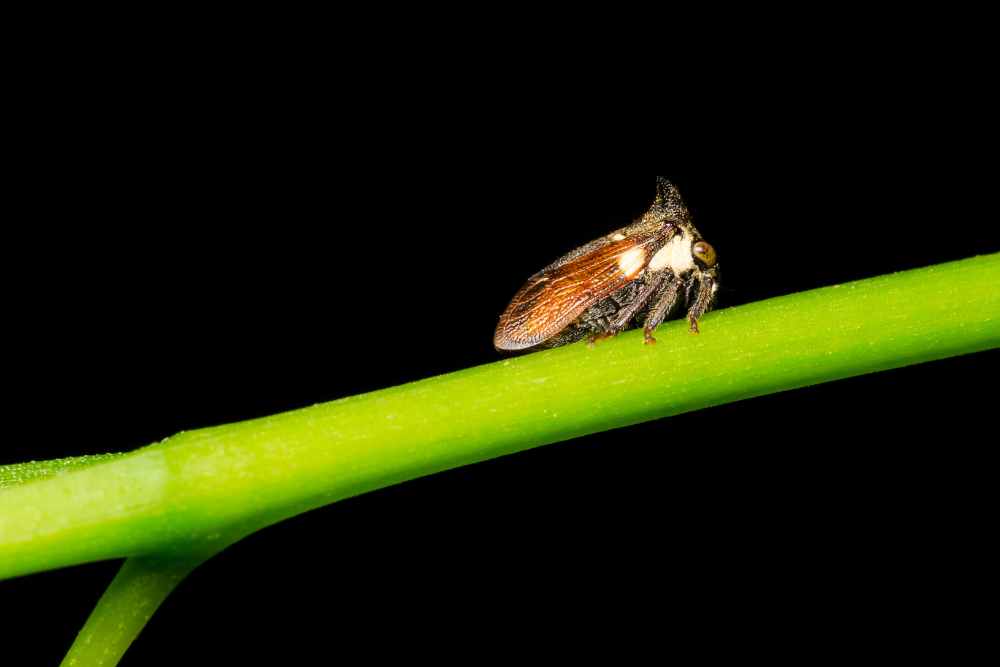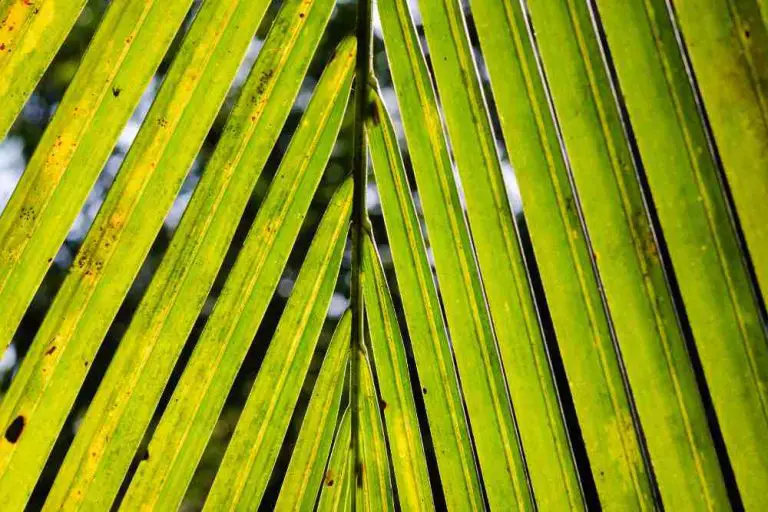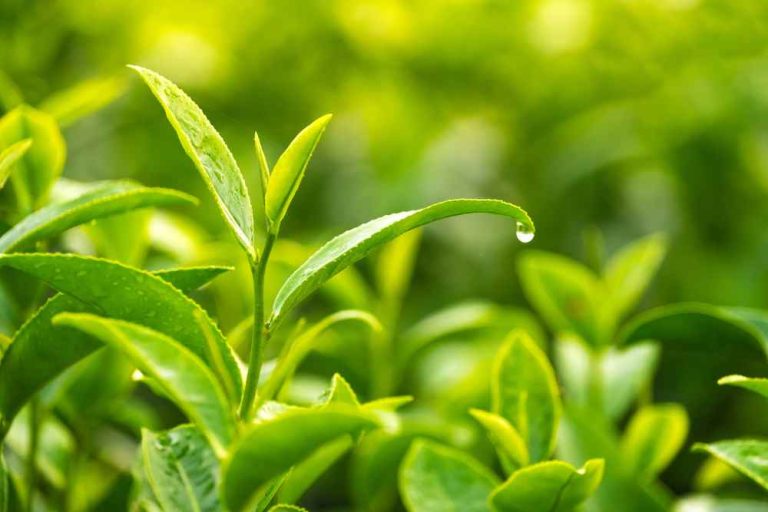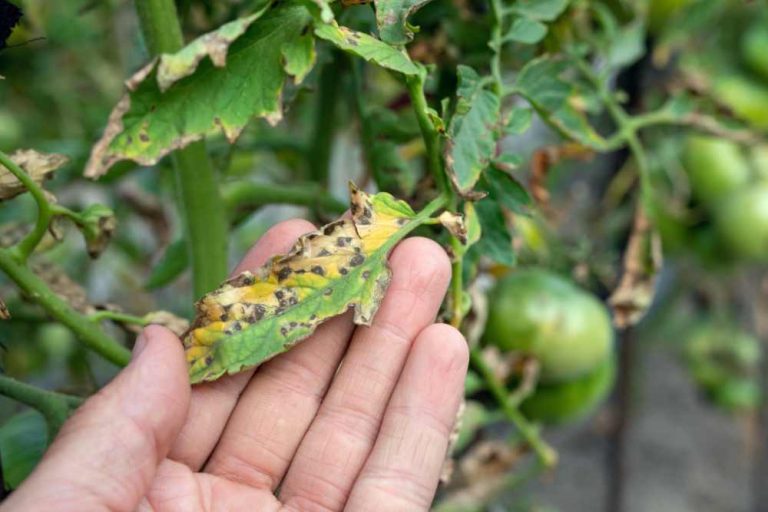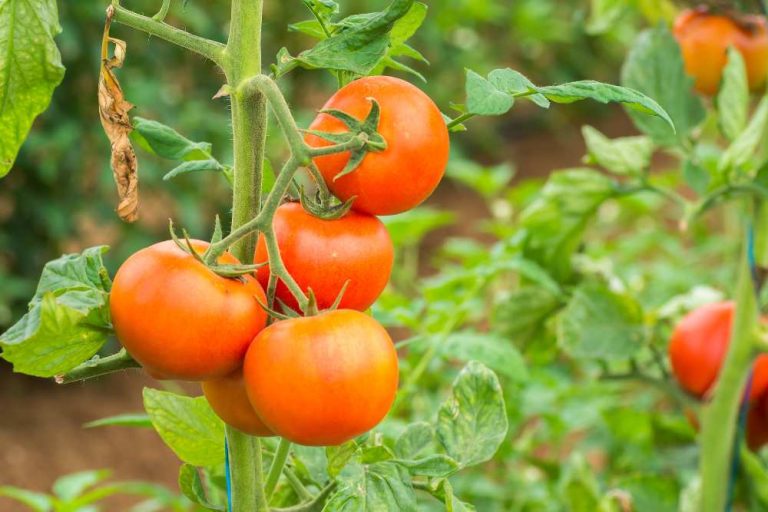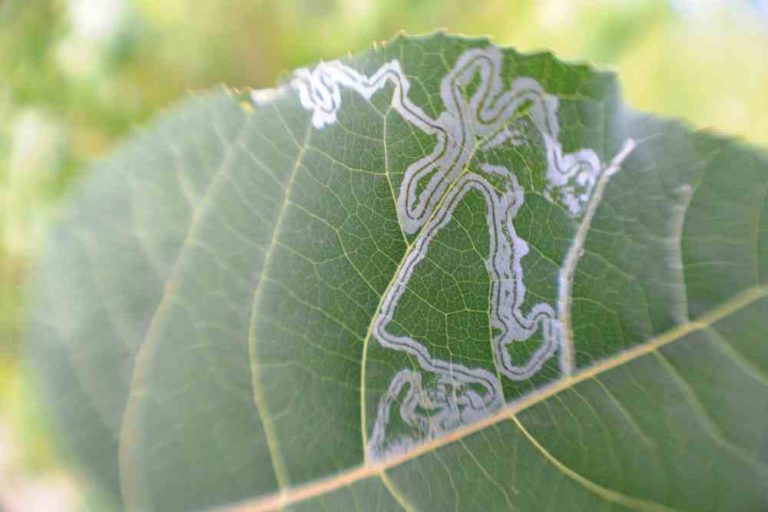Brown Plant Hopper Control Methods
Hundreds of millions of people worldwide eat rice as their primary food. In actuality, rice and its products provide the majority of the daily calories consumed by 50% of the world’s population. In addition, millions of people depend on rice agriculture as their primary source of income.
Rice farmers face numerous obstacles throughout various crop stages while working under challenging circumstances. Brown plant hopper is one of the pests that damage the rice fields. Here we are focusing on brown plant hopper control methods.
Brown Plant Hopper Life Cycle
The period between tillering and flowering is when the crop is most vulnerable to attack by brown planthoppers. Females begin producing eggs in masses in the midrib of leaf blades, laying 2 to 11 eggs per mass. The eggs are only 1 mm long, cylindrical, and slightly curled. They start out white and get darker just before hatching, with two spots on them: the nymph’s eyes.
The time of incubation ranges from 4 to 8 days. Nymphs start creamy white with a pale brown hue and eventually develop into dark brown. The nymphs begin eating young leaves as soon as they emerge, and after four to five rounds of molting, they mature into adults after two to three weeks.
The two kinds of adults-long-winged and short-winged are brownish-black with yellowish-brown bodies. Their lifecycle takes 38 to 44 days between November and January, 18 to 24 days between June and October, and 18 to 35 days between February and April.
Nature Of Damage
- The nymphs and adults both stay on the ground and consume plant sap.
- It is a typical vascular feeder that causes hopper burn by predominantly sucking phloem sap. Hopperburn is the term for the plant’s yellowing, browning, and drying.
- Early infestations show circular yellow spots that quickly turn brownish as a result of the plants’ drying up. The infestation patches may then grow larger until they completely engulf the field.
- Additionally, the grain setting is significantly impacted. It produces a lot of honeydew excretion when feeding continuously.
Brown Plant Hopper Management
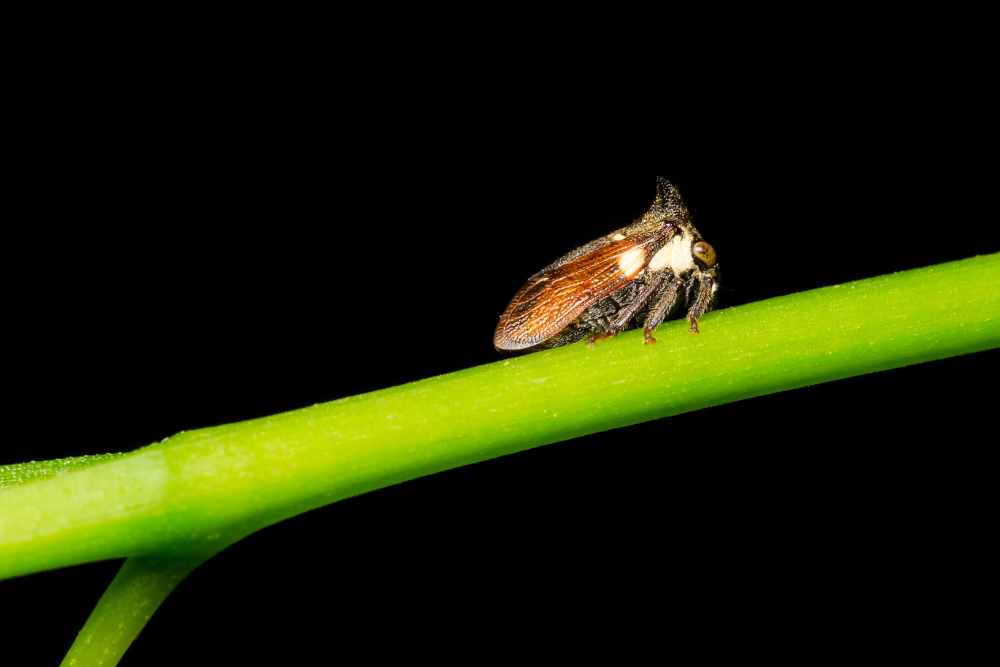
Cultural Methods
Before planting
Select cultivars that can withstand the brown plant hopper. Avoid staggered planting to stop planthoppers from migrating from older to younger crops in increasing numbers. Within two to three weeks, start your garden at the same time as your neighbors.
- Remove Any Unwanted Plants
- Rotate other crops with rice. To prevent significant populations of brown planthopper from moving quickly across rice crops, avoid planting them one after the other.
- During Growth
- During the early stages of the infestation, drain the paddies for three to four days. Instead of applying nitrogen fertilizer all at once, divide it into three separate applications. Allow plants (weeds) to flower on the bunds (and at the boundaries of dryland crops) and between fields to attract natural enemies.
- After Harvest
- Avoid ratooning the crop, preventing its resprouting and further growth after harvest. After harvesting the crops, plow the field to remove the residue that would otherwise allow the brown planthoppers to continue reproducing.
Brown Plant Hopper Biological Methods
Natural enemies like Lycosa pseudoannulata and Cyrtorhinus lividipennis mature (200–250 bugs/ha) should be released ten days apart from when brown plant hopper incidence is at its highest.
Hymenopteran wasps are the most frequent parasites of the eggs. Mirid bugs and phytoseiid mites feed on eggs. Mired bugs feed on eggs and nymphs. Nymphs and adults are eaten by predators, particularly spiders and coccinellid beetles. Adults and nymphs that fall onto the water’s surface are eaten by hydrophilid and dytiscid beetles, dragonflies, damselflies, and bugs such as nepid, microveliid, and mesoveliid. Fungus-related infections afflict brown plant hoppers.
Chemical Methods
Always keep an integrated strategy in mind, including biological treatments when available, along with preventative actions. When planthopper populations reach critical levels or when there are more of them than natural enemies, insecticides are only advised.
The insecticides buprofezin, pymetrozine, etofenprox, or alternating compounds can be used to control the pest. Avoid synthetic pyrethroid combinations, such as quinalphos, chlorpyriphos, and lambda-cyhalothrin, that encourage insect resistance development and resurgence.
Preventive Measures
- Whenever possible, use resistant types that have been recommended locally.
- Plant fields in the same region at the same time to prevent outbreaks.
- Every day, watch for insects on stems, the water’s surface, or in the seedbed or field.
- To capture the insect, sweep a net over small seedbeds.
- Regularly remove weeds from the field and the surrounding area.
- Avoid applying too much nitrogen.
- Use light traps (5/acre) like lightbulbs or kerosene lamps next to a light-colored wall or over a water basin.
- In addition, Install 20 yellow sticky traps.
- To encourage beneficial insects, avoid using non-selective insecticides.
- To drown the bug, use alternating fields of wet and dry land.
- 15 Ingenious Kitchen Garden Ideas to Cultivate Freshness Right at Home - April 7, 2024
- 10 Top Picks Best Plants for Open Terrarium - April 2, 2024
- 21 Easy and Cheap Walkway Ideas for a Charming Garden - March 31, 2024

